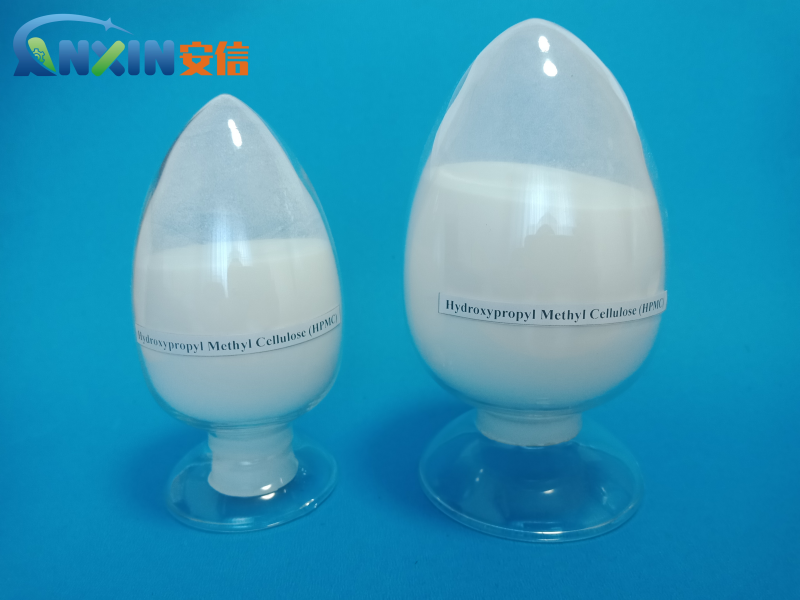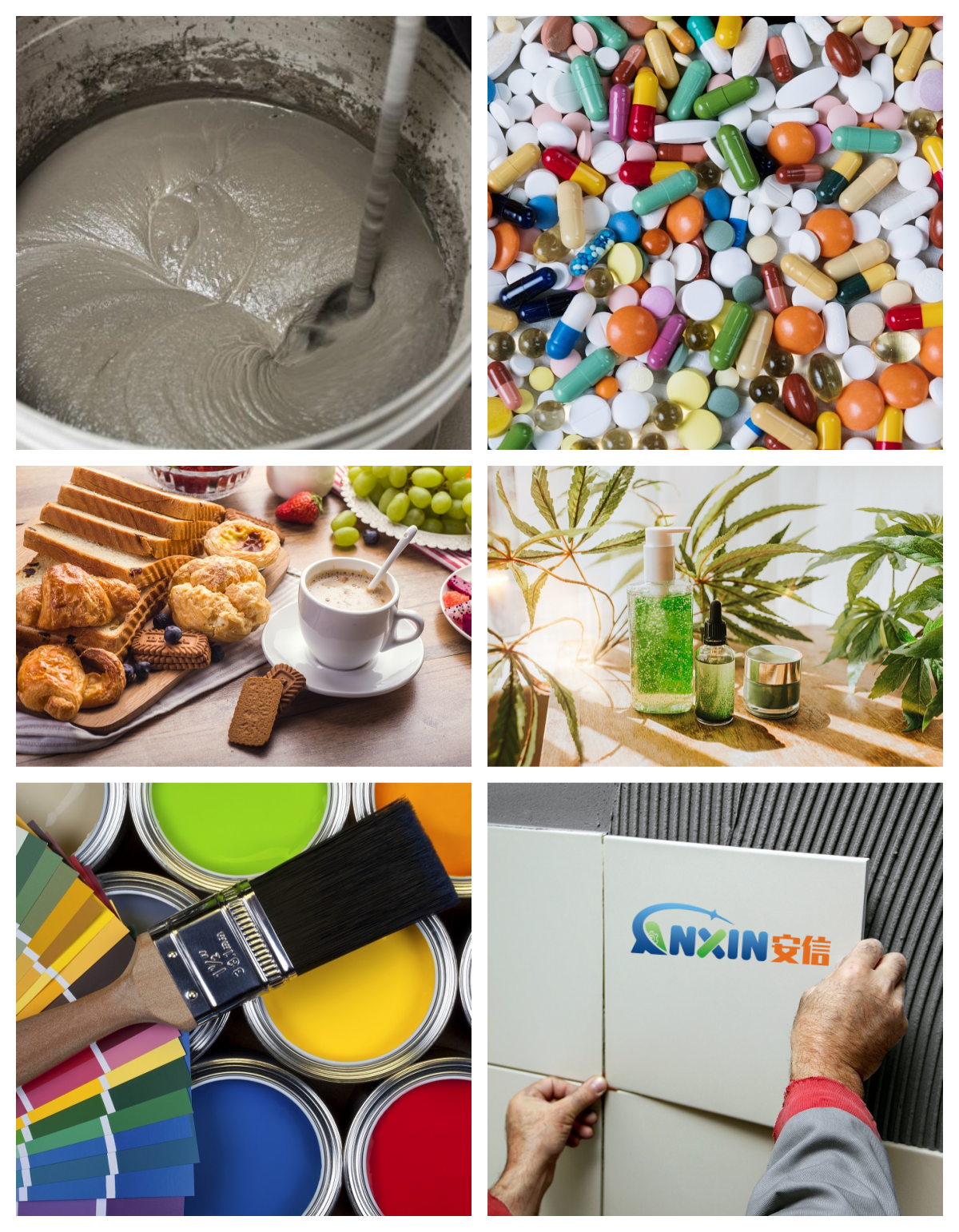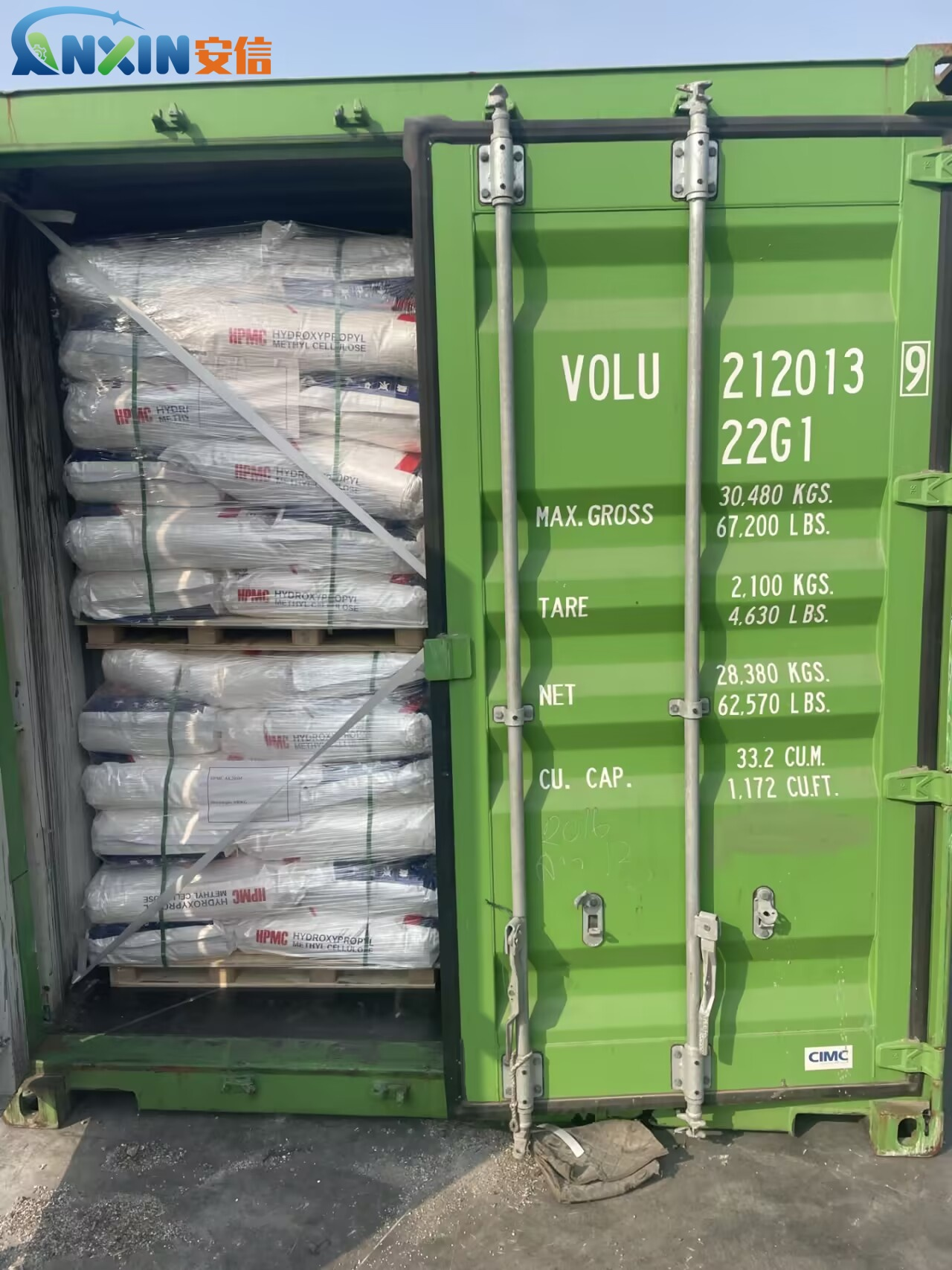1. Basic overview of HPMC
HPMC (Hydroxypropyl Methylcellulose) is a water-soluble polymer compound made by chemical modification of natural plant cellulose. It is a commonly used multifunctional additive and is widely used in many industries such as construction, coatings, medicine, and food. HPMC not only has good thickening, dispersing, suspending, and gelling properties, but also has excellent solubility and biocompatibility. Therefore, in the field of construction, HPMC is often used as a thickener, dispersant, water retaining agent, and binder.
2. The role of HPMC as a building dispersant
In building materials, especially in construction products such as coatings, adhesives, dry mortar, gypsum, and concrete, the role of HPMC as a dispersant is crucial. Its main functions are reflected in the following aspects:
Improving dispersibility
In some applications in the construction industry, the dispersibility of raw material particles often directly affects the construction performance and effect of the product. As a dispersant, HPMC can effectively disperse solid particles and prevent them from aggregating or precipitating in aqueous solution. By increasing the fluidity of water, HPMC can enhance the uniform distribution of particles in the water-based system, ensuring the smoothness and consistency of the mixed materials.
Improve rheology and construction performance
In construction products such as building adhesives, coatings, and dry mortar, HPMC can adjust the viscosity and rheology of the materials, making the materials have better fluidity and applicability during the construction process. This is essential for maintaining the consistency and ease of construction of products in complex construction environments.
Enhanced water retention
In dry mortar, gypsum and other similar materials, the addition of HPMC can improve the water retention of the materials, reduce the evaporation rate of water, and extend the construction time. This is very helpful for large-area painting and paving operations, especially in high temperature and dry environments, and can effectively prevent cracking and shrinkage during construction.
Improve adhesion and anti-shedding properties
As a dispersant in construction adhesives, HPMC can enhance adhesion to the substrate, improve the durability and stability of the final product, and prevent shedding caused by external forces or environmental factors.
3. Specific application of HPMC in different building materials
Dry-mixed mortar
Dry-mixed mortar is a premixed mortar material, mainly composed of cement, sand, modifiers, etc. As a dispersant, the role of HPMC in dry-mixed mortar is mainly reflected in enhancing its fluidity and dispersibility and preventing agglomeration between different components. By using HPMC reasonably, the mortar can have better water retention and avoid early cracks caused by rapid evaporation of water.
Architectural coatings
In water-based coatings, HPMC as a dispersant can improve the dispersibility of pigments, avoid pigment precipitation, and ensure the stability of coatings. At the same time, HPMC can also adjust the viscosity of the coating to make it have better leveling and operability during the painting process.
Tile adhesives and binders
In tile adhesives and other building adhesives, the dispersibility of HPMC is also very important. It can effectively disperse the bonding components, improve the overall performance of the adhesive, enhance its workability and anti-shedding performance, and ensure the stable bonding of materials such as tiles.
Gypsum and cement
Gypsum and cement are common construction materials in the construction industry, and their handling performance and quality directly affect the construction effect. HPMC as a dispersant can effectively improve the fluidity and operability of these materials, reduce the formation of air bubbles, and improve the strength and durability of the final product.
4. Advantages of HPMC as a dispersant
High efficiency
HPMC as a dispersant can play a significant role at low concentrations, and its dispersing ability is strong, which is suitable for the processing and application of a variety of building materials.
Good compatibility
HPMC has good compatibility with a variety of common building materials, including cement, gypsum, mortar, adhesives, etc. Whether it is a water-based or solvent-based system, HPMC can provide stable performance.
Environmental protection and safety
As a natural plant cellulose derivative, HPMC is non-toxic and harmless, and meets the standards of green environmental protection. Using HPMC as a dispersant can not only improve the performance of building products, but also reduce the potential impact on the environment and workers’ health.
Improving material performance
In addition to dispersing, HPMC also has additional functions such as thickening, water retention, and crack resistance, which can improve the performance of building materials in multiple dimensions.
As an important dispersant in the construction industry, HPMC plays a vital role in the production and construction of various building materials with its excellent dispersing performance, rheological adjustment ability and environmental protection characteristics. With the increasing demand for high-performance and environmentally friendly products in the construction industry, the application prospects of HPMC will be more extensive. Through the reasonable use of HPMC, the construction performance, stability and durability of building materials can be greatly improved, providing strong support for the sustainable development of the construction industry.
Post time: Feb-19-2025


